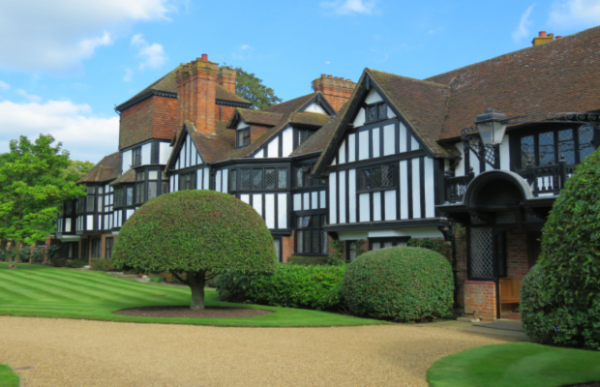
Listed properties are the types of homes you see in movies, or on a picturesque walk in the countryside. Their impressive and grand architecture, or their adorable cottage aesthetic are what makes listed properties so desirable, which is why they need extra protection.
These homes are amongst the most sought after on the market, and they can only increase in value over time, therefore interest in listed properties is usually high. However, these buildings come with rules regulations and restrictions.
What is a listed building?
Listed buildings are protected due to their architectural or historical significance and are graded in terms of interest. There are around 400,000 listed buildings in England alone. Wales has 30,000 and Scotland boasts 47,400.
How is a listed building different?
Listed buildings are typically older properties. As mentioned above, listed buildings are protected due to historical, architectural or local importance. Because of this, there are restrictions on work and alterations that can be done to a listed property. Buyers must be explicitly aware of this before putting down an offer.
The restrictions don’t just end at alterations to the property, the owner must also maintain the cultural integrity of the property. Meaning the upkeep of the home, such as a thatched roof, repairing lime plaster or replacing sash windows. This type of maintenance can often be very costly, and will require specialist tradespeople. Because of this, it takes a specific type of buyer to be willing to commit to a listed property.
What paperwork will you need if you’re selling a listed home?
It’s a given when selling any type of home, that you will be required to complete a TA6 form as part of the conveyancing process, which is designed to provide the prospective buyer with critically important information about the home. You will also need documents which can evidence your statements made in the TA6 form.
A vital document which you will need to provide is the Listed Building Consents. This is required for all works of demolition, alteration or extension to a listed building that affects its character as a building of architectural, or historic interest.
Other required documents include:
- Any Planning Permission documents
- Building Regulations Consent if alterations have been made
- Details of any private drains including old septic tanks or cesspits
- Professional Consultant Certificates and Latent Defect Warranties if any major work was done on the house
Are there any restrictions when selling a listed property?
While there aren’t any major restrictions involving selling a listed property, you must be certain that no illegal work has taken place. This includes work done during your time as the owner, or any work arranged or completed by previous owners.
Additionally, if work is required on the home while you are selling it, this will be flagged up in the buyer’s survey. Be aware that the buyer may want to negotiate the asking price or request that the issue is fixed before going through with the transaction.
Do you live in a listed property? We can help you sell! Get in touch with us today to book a valuation with our local property experts.
